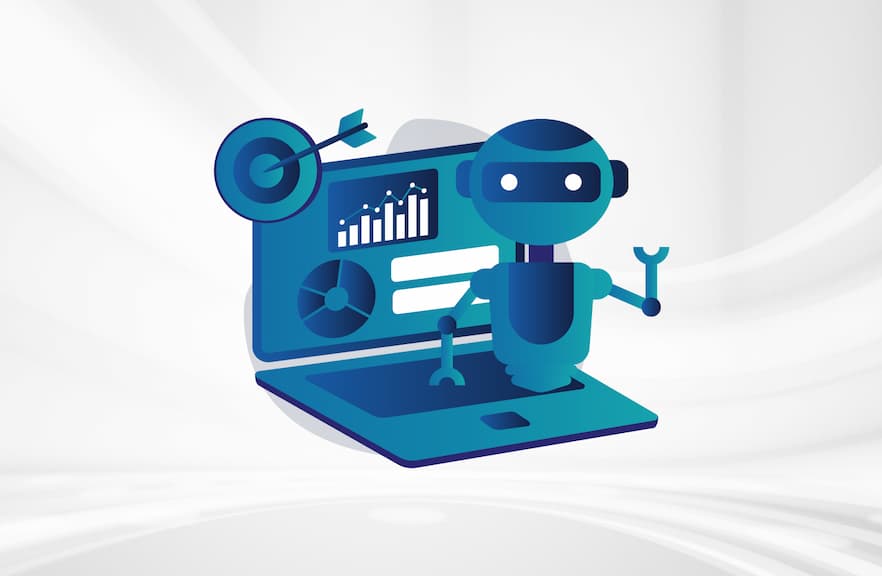I am a die-hard fan of Batman, the dark crusader, and Arkham Nights has been my most loved game since childhood. I recently bought a beast of a gaming pc with Nvidia GTX 1660 Super–Nvidia RTX 3090 and 1 TB SSD storage. But in a few months, the cooling fan in the CPU stopped working. As it was still under warranty the customer care executive told me they would replace the fans. After several weeks, the technician said the problem was with the board, not the fan. They initiated an order for board replacement, and I had to wait again. Needless to say, it was a frustrating experience.
This experience puts a survey by Gartner in perspective, where it found 81% of marketers view customer satisfaction as a critical element in their industry; according to PwC, 59% of customers will leave a company after several bad experiences, while 17% will leave it after just one bad customer experience. This also includes companies’ previously loyal customers.
Customer satisfaction is a key metric determining how well a company’s products or services meet customer expectations. It’s one of the most important indicators of purchase intentions and customer loyalty that helps businesses predict their growth and revenue.
Challenges in Identifying Customer Issues
Customer expectations are constantly evolving, making CX a big challenge for businesses. For example, if a customer buys a product from a company and has an issue with it, the company must be able to identify the exact problem and rectify it swiftly. But if the business cannot figure out the exact requirement, it can adversely affect CX.
When a customer service executive cannot distinctly identify a customer’s issue, they suggest a solution based on their assumption, which can be detrimental. For example, a faulty recommendation might cause the ordering of the wrong parts – something that the product may not need. As a result, these misordered parts stay unused, cramping up space in the inventory.
The customer’s issue remains unresolved, and they proceed with getting a technician to visit their place. The technician might need to see the customer multiple times to order the required parts and resolve the issue. This creates a negative impression on the customer about the company and, in turn, increases customer churn. With the technician commuting to the customer’s place often, there’s an increased carbon footprint.
LatentView Analytics worked with a leading personal computing firm to improve its customer service process. The client wanted to address three major issues:
- The company made more than 160,000 onsite visits due to ordering of wrong machine parts.
- Owing to issue misidentification, there were more than 230,000 unused parts in the inventory.
- The inefficiency and customer dissatisfaction caused nearly $22 million in additional costs annually.
The inefficiency in process and, subsequently, the increase in carbon footprint is largely a result of the customer service executives operating without the required knowledge. And deploying a subject matter expert as a customer service executive will increase labor costs. How to overcome this inevitable problem was the million-dollar question, literally.
AI-Driven Solutions
Developing a transformer-based NLP (Natural Language Processing) model with the help of historical data to predict potential issues and recommend the right parts can save costs significantly. In addition, ordering the correct parts ensures optimal management of the inventory. This enables the customer service executive to make more informed decisions, thus enhancing customer satisfaction.
The transformer-based NLP model is a deep learning neural network architecture that utilizes the self-attention mechanism. This mechanism predicts outcomes by effectively understanding and gleaning historical data.
We tailored a novel strategy that deploys an NLP model to counter the critical issue of losing over $22 million and congesting the inventory with nearly half a million unused computer parts. The deployed model learned the significance of the historical data and improved the service accuracy to a phenomenal 85% from 55%. Moreover, the model will outperform itself in the long run with better data inputs.
The future lies in Data Analytics
The AI-driven solution makes data more accessible and enables customer care executives to make accurate and quick decisions. The NLP recommendation engine predicted failures and suggested the relevant parts that might need a replacement within a few seconds, making the process more efficient as well as reducing carbon footprint.
Data and analytics play a crucial role in improving customer experience; for example, we deployed a machine learning system to analyze CLV (Customer Lifetime Value) to increase the company’s customer acquisition.
To learn how your business can leverage data, connect with us at marketing@latentview.com.



